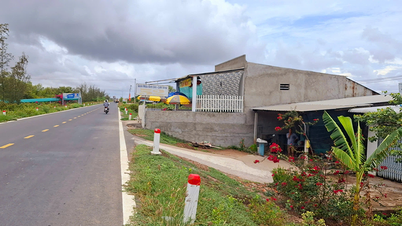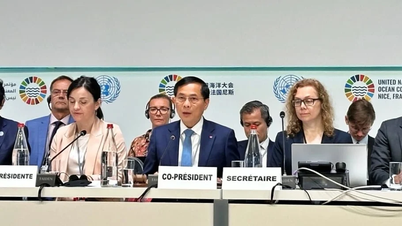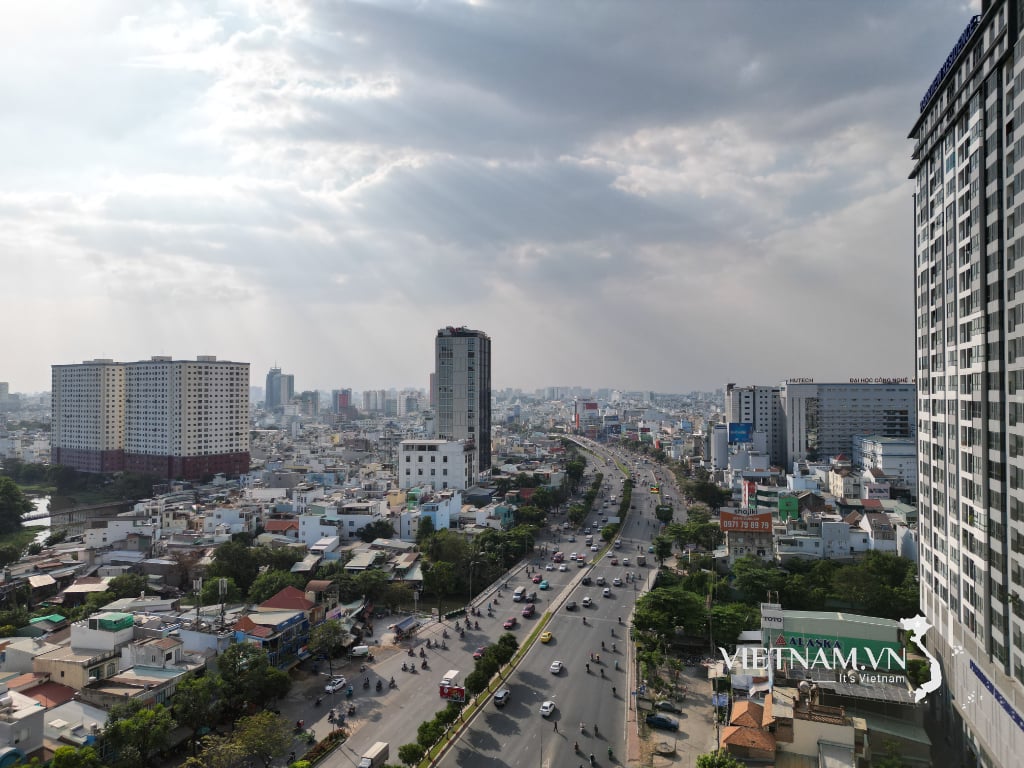Your browser does not support the audio element.
Tobacco is a product made entirely or partially from tobacco materials. Tobacco is often processed in different forms such as: cigarettes, cigars, shredded tobacco, pipe tobacco... When smoking or living with smokers, the smoke inhaled through the lungs penetrates the blood, accumulates over time and creates conditions and causes of cardiovascular and respiratory diseases... Therefore, smokers are susceptible to diseases such as: hair loss, cataracts, wrinkled skin, hearing loss, tooth decay, skin cancer, chronic obstructive pulmonary disease...
Smoking also reduces the quantity and quality of sperm, easily leading to infertility in men, increasing the risk of uterine cancer... Women and children are among the subjects who regularly inhale secondhand smoke. For pregnant women, inhaling secondhand smoke can cause miscarriage, slow fetal development or premature birth. The risk of miscarriage in women who smoke is 3 times higher than in women who do not smoke. For children, secondhand smoke causes respiratory tract infections, otitis media, aggravates asthma symptoms and is one of the causes of sudden death in infants...
The provincial Center for Disease Control promotes propaganda, inspection and supervision activities on prevention and control of tobacco harms.
Every year, about 40,000 people in Vietnam die from tobacco-related diseases and about 33 million non-smokers are affected by passive smoking. There are many different causes for this situation, most of which are due to people's lack of understanding of the harmful effects of tobacco.
Smoking not only directly affects the smoker's health, but also affects those around them. Inhaling cigarette smoke has a high risk of contracting dangerous diseases.
Smoking also entails consequences such as: increased economic burden, cigarette smoke also destroys the living environment and has negative effects on human health. Many studies on tobacco show that tobacco use causes large costs for caring for patients due to smoking, plus losses due to reduced or lost labor capacity, fires and environmental damage.
To contribute to improving the quality of life, each person must voluntarily not smoke at home, at work and in public places where smoking is prohibited. At the same time, it is necessary to speak out strongly against smoking in public places, especially in places with children, pregnant women and the elderly.
Actively participating in building a smoke-free living environment and workplace will help non-smokers reduce the risk of passive exposure to cigarette smoke. This will reduce the risk of illness and death related to tobacco, thereby saving on medical examination and treatment costs and reducing the number of sick days and days off work due to tobacco-related illnesses.
A smoke-free environment will help addicts to be more determined to quit smoking or reduce the amount they smoke. The money spent on cigarettes will be spent on other more beneficial things. A smoke-free working environment will contribute to creating a civilized and polite lifestyle, promoting the spirit of maintaining health, and maintaining a healthy lifestyle without cigarettes.
"For a smoke-free community and for the health of each person, please follow these messages: Do not smoke indoors, in the office; do not smoke in public places, in front of children; do not invite or receive cigarettes from friends or colleagues. Reduce smoking, resolutely say no to cigarettes if you have never smoked, and contribute to a smoke-free environment," Dr. Tu recommends./.
Huyen Tran
Source: https://baocamau.vn/hay-vi-cong-dong-khong-khoi-thuoc-a39487.html




































































































Comment (0)